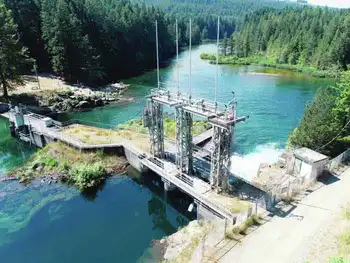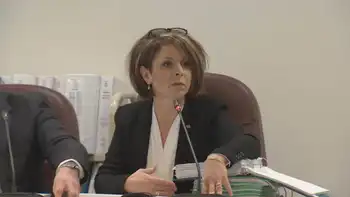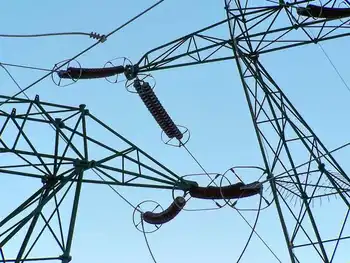Groups clash over NH hydropower project

Electrical Testing & Commissioning of Power Systems
Our customized live online or in‑person group training can be delivered to your staff at your location.

- Live Online
- 12 hours Instructor-led
- Group Training Available
Northern Pass Hydropower Project Rehearing faces review by New Hampshire's Site Evaluation Committee as Eversource seeks approval for a 192-mile transmission line, citing energy cost relief, while Massachusetts eyes Central Maine Power as an alternative.
Key Points
A review of Eversource's halted NH transmission plan, weighing impacts, costs, and alternatives.
✅ SEC denied project, Eversource seeks rehearing
✅ 192-mile line to bring Canadian hydropower to NE
✅ Alternative bids include Central Maine Power corridor
Groups supporting and opposing the Northern Pass hydropower project in New Hampshire filed statements Friday in advance of a state committee’s meeting next week on whether it should rehear the project.
The Site Evaluation Committee rejected the transmission proposal last month over concerns about potential negative impacts. It is scheduled to deliberate Monday on Eversource’s request for a rehearing.
The $1.6 billion project would deliver hydropower from Canada, including Hydro-Quebec exports, to customers in southern New England through a 192-mile transmission line in New Hampshire.
If the Northern Pass project fails to ultimately win New Hampshire approval, the Massachusetts Department of Energy Resources has announced it will begin negotiating with a team led by Central Maine Power Co. for a $950 million project through a 145-mile Maine transmission line as an alternative.
Separately, construction later began on the disputed $1 billion electricity corridor despite ongoing legal and political challenges.
The Business and Industry Association voted last month to endorse the project after remaining neutral on it since it was first proposed in 2010. A letter sent to the committee Friday urges it to resume deliberations. The association said it is concerned about the severe impact the committee’s decision could have on New Hampshire’s economic future, even as Connecticut overhauls electricity market structure across New England.
“The BIA believes this decision was premature and puts New Hampshire’s economy at risk,” organization President Jim Roche wrote. “New Hampshire’s electrical energy prices are consistently 50-60 percent higher than the national average. This has forced employers to explore options outside New Hampshire and new England to obtain lower electricity prices. Businesses from outside New Hampshire and others now here are reversing plans to grow in New Hampshire due to the Site Evaluation Committee’s decision.”
The International Brotherhood of Electrical Workers and the Coos County Business and Employers Group also filed a statement in support of rehearing the project.
The Society to Protect New Hampshire Forests, which is opposed to the project, said Eversource’s request is premature because the committee hasn’t issued a final written decision yet. It also said Eversource hasn’t proven committee members “made an unlawful or unreasonable decision or mistakenly overlooked matters it should have considered.”
As part of its request for reconsideration, Eversource said it is offering up to $300 million in reductions to low-income and business customers in the state.
It also is offering to allocate $95 million from a previously announced $200 million community fund — $25 million to compensate for declining property values, $25 million for economic development and $25 million to promote tourism in affected areas. Another $20 million would fund energy efficiency programs.











